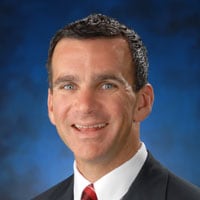Hello. I'm Dr Charles Vega, and I am a clinical professor of family medicine at the University of California at Irvine. Welcome to Medscape Morning Report, our 1-minute news story for primary care.
New research projects that two thirds of the providers joining the US healthcare workforce by 2030 will be nurse practitioners (NPs) or physician assistants (PAs). While physician numbers are growing, the rate is not nearly as fast.
The study predicts that physicians will grow by slightly more than 1% annually as retirements offset new graduates. At the same time, NPs are projected to grow by 6.8% and PAs by 4.3%.
This large influx will have its greatest effect in primary care, where NPs are more prevalent and where fewer physicians choose to practice.
This increase may bring relief for overstressed, scarce primary care physicians. It can also save on the cost of primary care.
However, to be successful, it will also require not only an evaluation of the roles of NPs, PAs, and physicians, but a focused effort toward enhanced teamwork and new models of care.
Medscape Internal Medicine © 2018 WebMD, LLC
Any views expressed above are the author's own and do not necessarily reflect the views of WebMD or Medscape.
Cite this: NPs and PAs: Growing by Leaps and Bounds - Medscape - Jul 20, 2018.









Comments